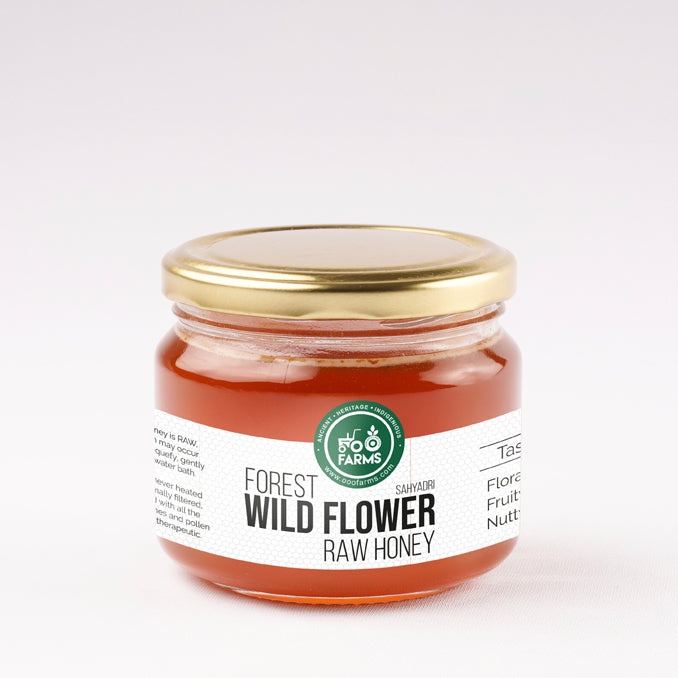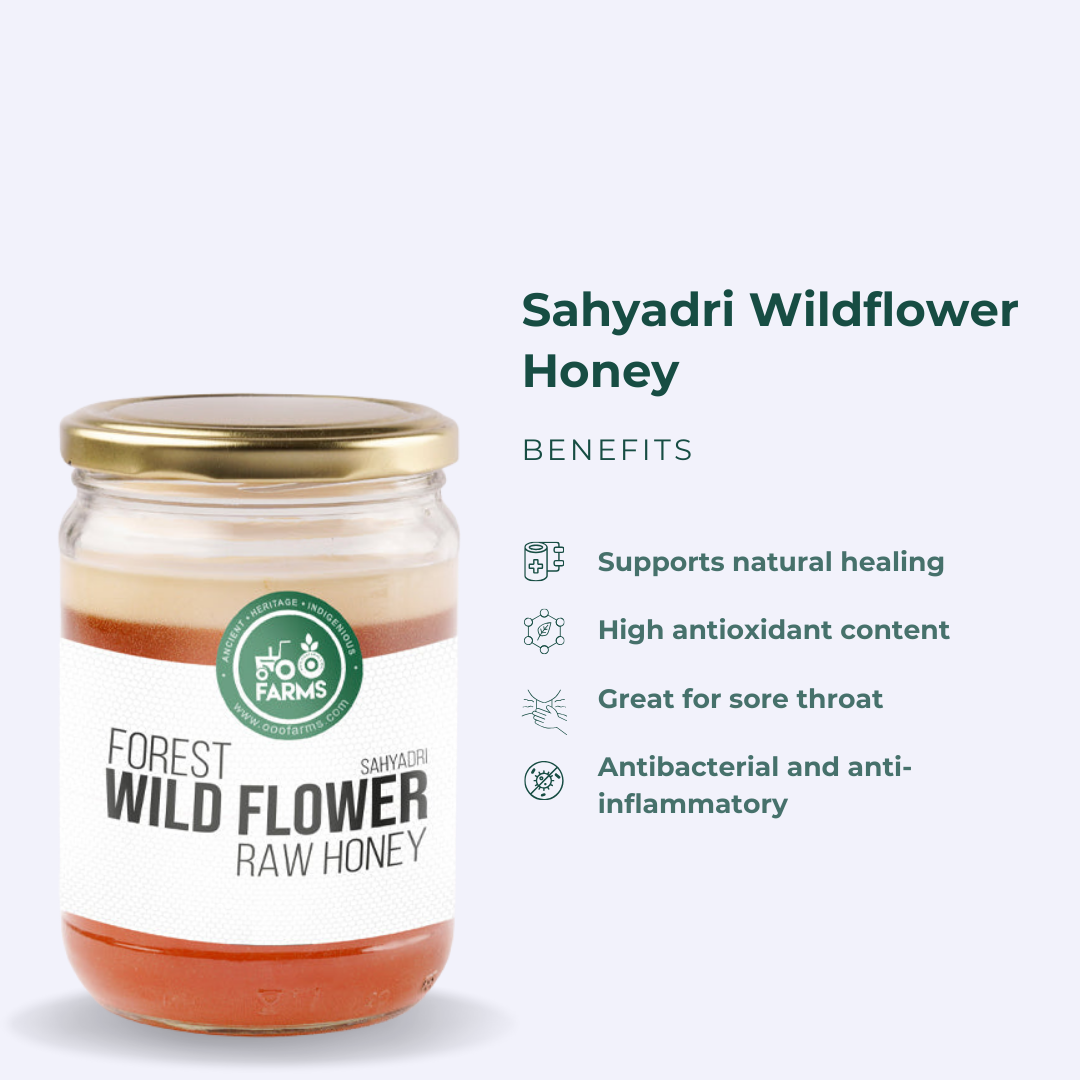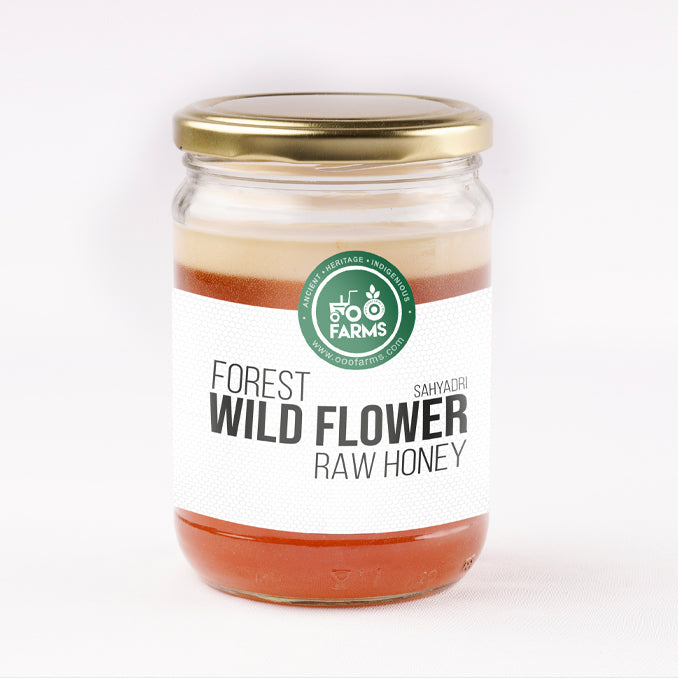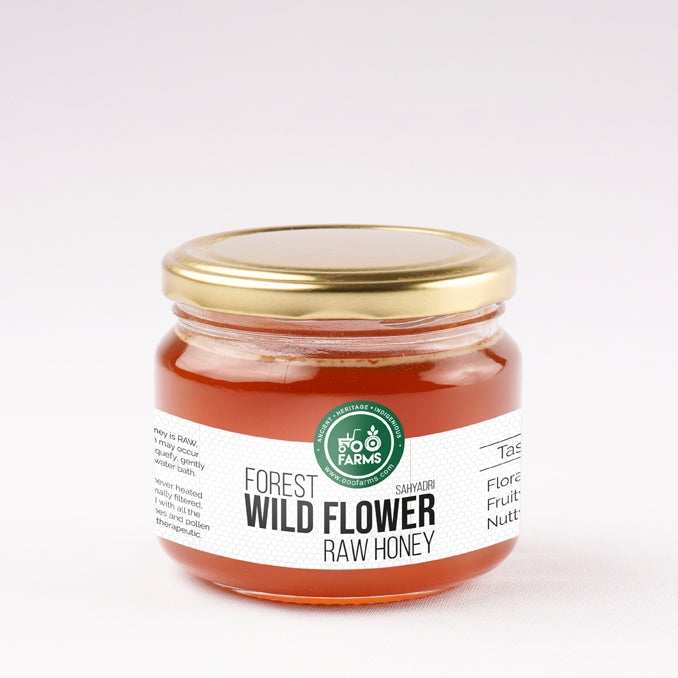
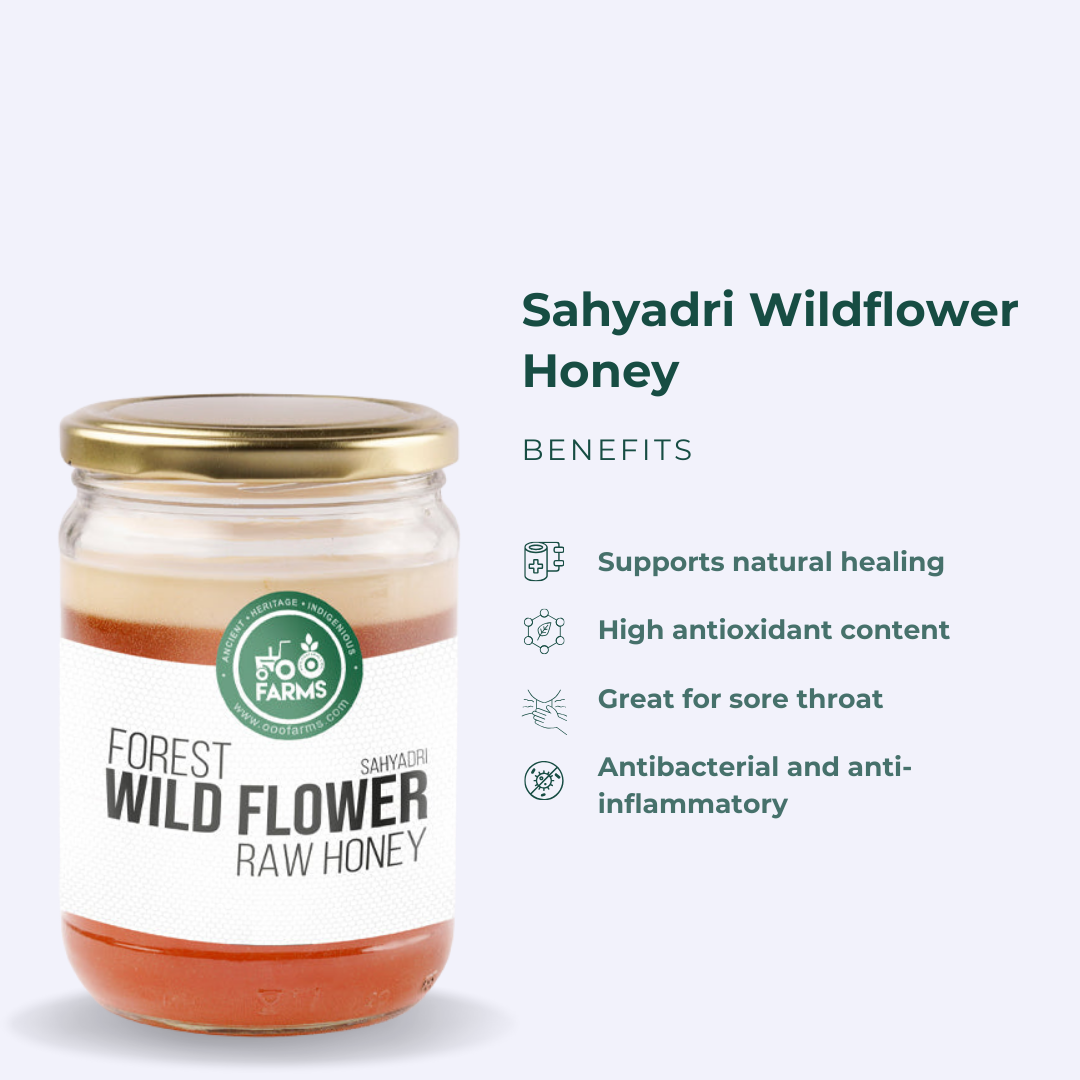
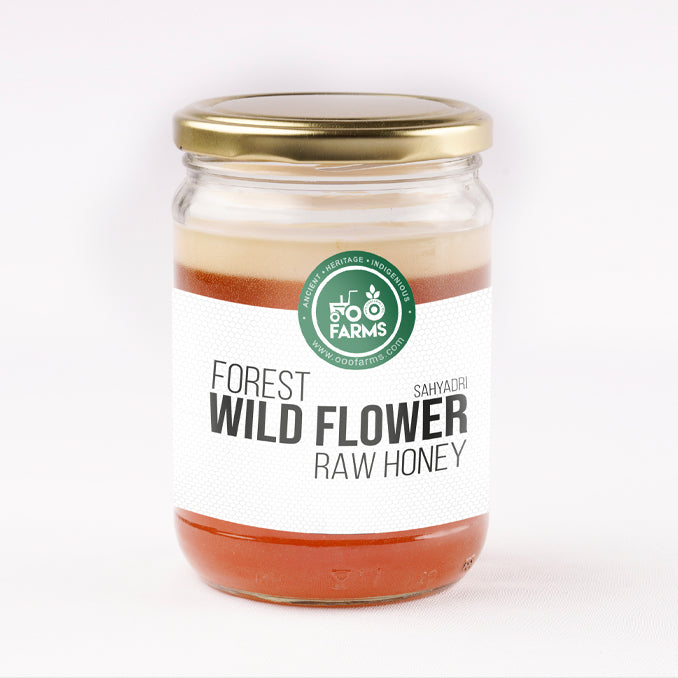

Additional Product Details
Description
Honey is an extremely ancient food. Several cave paintings in Cuevas de la Araña in Spain depict humans foraging for honey at least 8,000 years ago.
Bees were reared in hollowed logs open at one or both ends, broken gourds and earthen pots in many of our villages; but extraction of honey was by primitive method by squeezing the hive.
Honey is a remedy for many common ailments. In Indian Ayurvedic system of medicine, honey has special importance and also recommended along with breakfast because of its richness in simple sugars. Honey contains high quantity of fructose which is insulin independent.
Honey inhibits the growth of micro-organisms like bacteria, fungi and virus. Application of honey as wound dressing leads to stimulation of healing process and rapidly clears the infection. It also has cleansing action on wounds, stimulates tissue regeneration, reduces inflammation and honey impregnated pads act as non-adhesive tissue dressing.
Honey plays important role in regulating body metabolism, increase immunity, balance the nutrient components and control diseases.
OOO Farms Honey is mindfully and ethically collected by traditional Honey collecting Tribes.
Health Benefits
Commonly Known As
History
Properties - Geography


